11 Proven SaaS Growth Hacks to Rapidly Expand Your Business [with Examples]

Are you having trouble growing your software as a service (SaaS) business?
Or maybe you're doing just fine but want to increase user adoption, decrease churn, and increase your rate of customer acquisition.
If so, you're in the right place.
According to this source, SaaS spending hit over $240 billion in 2022. The world of SaaS is rapidly expanding, with countless businesses leveraging software tools to improve their operations and profits. And with pressures to grow fast and serve customers, it's no surprise that SaaS growth hacks have become increasingly popular over the years.
And I've been at ground zero for discovering these hacks. I own the biggest growth marketing blog on the planet, Growth Marketing Pro, and I’ve built by SaaS tool, GrowthBar to a 7-figure valuation in just two years.
This blog post will explore some of the best SaaS growth hacks that you can use to give your business a competitive edge.
Does Growth Hacking Work for Saas Companies?
As with any industry, there are growth hacks specific to SaaS.
Because it’s digital, you have the metrics you need at your fingertips. And SaaS businesses tend to be high margin – meaning you likely have some dollars to play with.
SaaS growth hacks range from top-of-funnel customer acquisition hacks, including:
Affiliate growth hacking strategies
Incentivized referral programs
Leaching off of integrations with other software marketplaces
And a fast SEO method guaranteed to drive leads
To middle-of-funnel hacks that include:
Freemium pricing
Automated customer onboarding
And pricing hacks
And bottom-of-funnel hacks, including:
Cancellation dark patterns
And reactivation hacks
Let's get started.
📚 Also Read: 9+ Ways to Automate Your User Onboarding
1. SaaS Growth Hack: Customized/Personalized User Onboarding
As SaaS companies grow and expand, they must ensure that each customer has an optimal experience -- not only for increasing customer happiness but also for moving more users down the funnel.
I've found time and time again that customized user onboarding is one of the most universally effective and affordable solutions for doing this. When I implemented customized user onboarding for my SaaS, we increased customer retention by 5%. It's as simple as choosing a user onboarding software solution and implementing it (usually via a drag-and-drop editor).
Customized user onboarding is not only beneficial to customers, but it can also help save time and resources for the company. By automating the process, companies can eliminate the need to manually onboard each user.
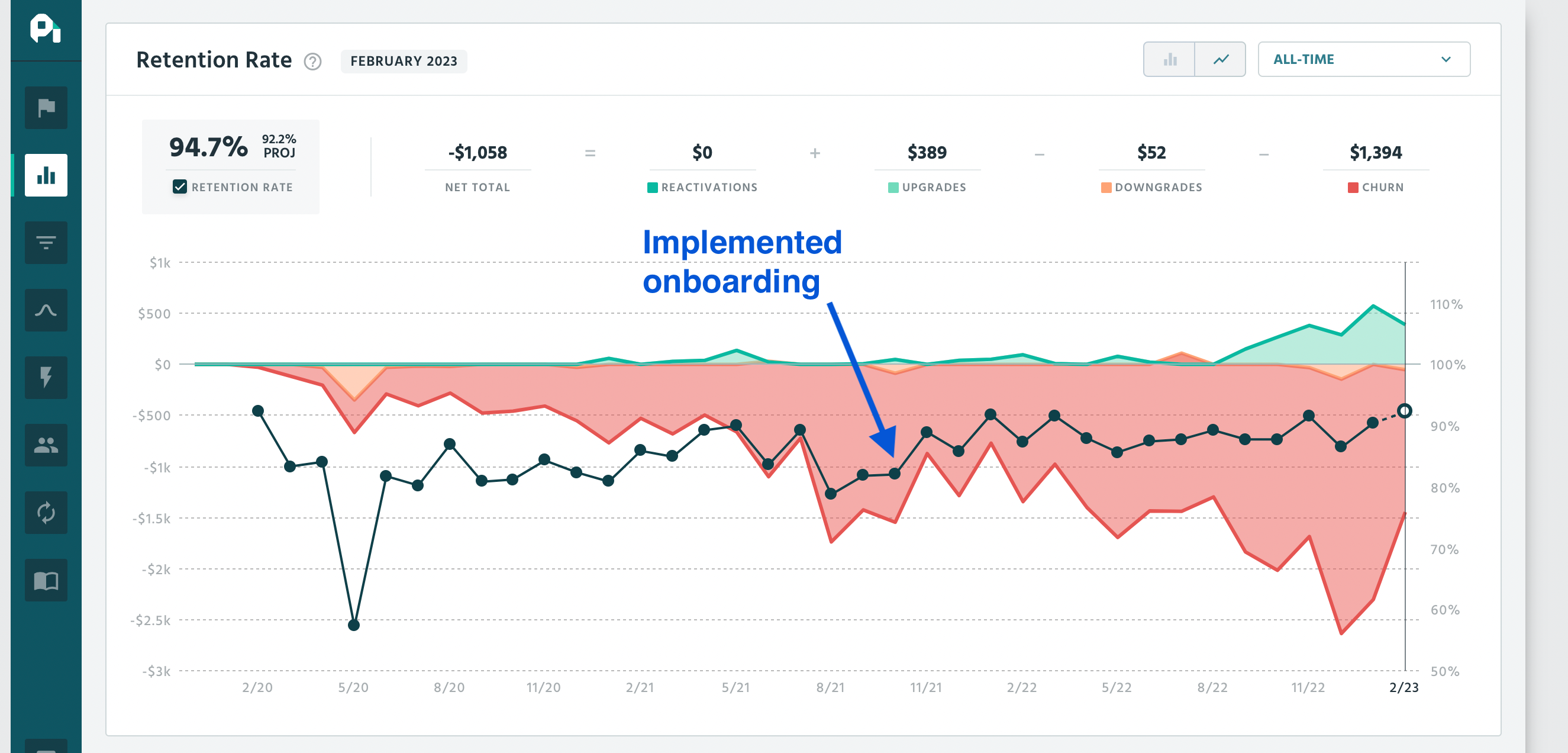
Overall, customized user onboarding is an effective growth hack for SaaS companies. By providing a tailored onboarding experience, companies can ensure that each customer has a positive experience and is more likely to become a loyal customer.
Also Read: The 9+ Best User Onboarding Tools
2. SaaS Growth Hack: Referrals – Viral Loop
A viral loop is an effective referral mechanism that encourages users to invite their friends and colleagues to join the service. Viral loops can happen organically -- you tell your friend or colleague about a great product -- or can happen via incentives such as discounts, free services, or other rewards are important to include in order to motivate users to share the service with others.
Creating an organic viral loop is all about having a great product. Jeff Bezos once said, "advertising is the price you pay for having an unremarkable product or service."
What he meant is that a great product advertises for you. Investing in making your product great is better than any paid channel could ever be.
Still though, some companies do take advantage of referral programs -- which are paid viral loops.
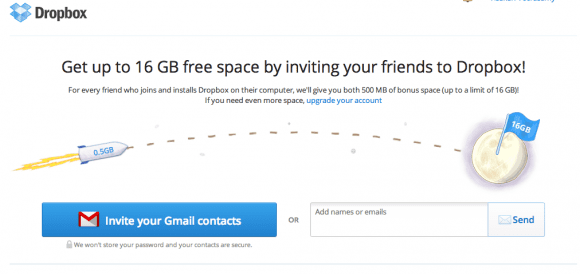
One of the first software tools to famously implement a referral program was Dropbox. They created a viral loop, in which they offered free storage space to users who referred new users to the service. The program was extremely successful and has been copied by many software companies since.
If you're struggling to scale, get a referral program and put it front and center. They work for nearly every business, and out-of-the-box software make them stupid simple to implement.
3. SaaS Growth Hack: Cancellation Dark Patterns
Cancellation dark patterns are those tricky (occasionally manipulative ) cancellation flows you see when you try to cancel a service.
Cancellation dark patterns often involve making it difficult or unclear for customers to cancel their services, such as by using long and confusing cancellation forms, hiding contact information, or using deceptive language. Commonly, I see dark patterns that require you to speak with a representative or a live chat to fully cancel a product.
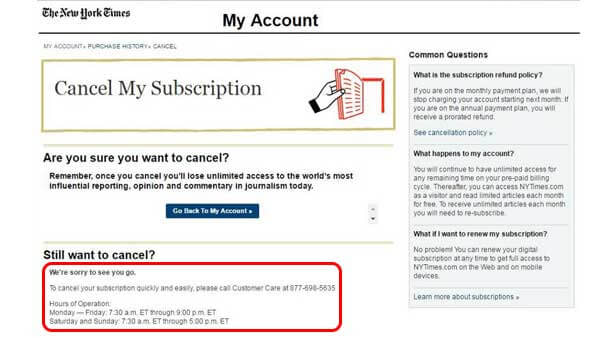
While I don't recommend going overboard here, dark patterns definitely work in reducing churn. The pattern I most often recommend is one that is helpful and not too intrusive (I use it for my SaaS):
Step 1: The user is asked if they're having trouble and would like to see a demo video to ensure they're using the product correctly.
Step 2: The user is given the opportunity to pause their subscription for two months instead of canceling.
Step 3: The user is asked to give a brief cancellation reason so that we can improve the product.
Again, don't go overboard with your SaaS dark patterns or you run the risk of annoying users and reducing your NPS or goodwill. Plus, if it's real bad, negative reviews might find their way to G2 or Capterra.
But yes, dark patterns work.
4. SaaS Growth Hack: Free Migrations from Competitors
One of the most effective growth strategies is to reduce the time taken to move data from competitors’ platforms.
Some of the stickiest SaaS businesses are in software verticals with a really high switching cost. For instance, web hosting products (GoDaddy), identity management applications (Okta), and CRM tools (Salesforce) are really hard to rip up once you've implemented them. Switching to another platform involves a big engineering lift.
One way to break into a SaaS industry with high switching cost is to implement free migrations. One successful example of this is ConvertKit, a now-popular email marketing solution. After struggling to get past $5k monthly recurring revenue (MRR), founder, Nathan Berry began offering concierge migrations from their competitors (namely Mailchimp).
If you've ever used a tool like Mailchimp, you know how annoying it is to switch to another platform. By the time your email marketing tool is entrenched in your organization, you're sending data to the platform, you probably have templates you use all the time, and you might even have custom email journeys that take a while to set up.
ConvertKit knew this and helped perspective customers switch manually. They scored many of their early customers through these concierge migrations. Today, ConvertKit is valued at over $200 million.
Ultimately, reducing the time taken to move data from competitors’ platforms and offering free migration services are two effective SaaS growth hacks.
5. SaaS Growth Hack: Video Testimonials and Social Proof
Video Testimonials are one of the most powerful and effective SaaS growth hacks. By allowing potential customers to hear from real people who have successfully used the product, video testimonials provide social proof that the product or service being offered is legitimate and has been successful for others. This can be a great way to target specific audiences and demographics, as well as to provide an emotional connection that helps customers feel more comfortable buying the product.

Video testimonials can be used in a variety of ways. They can be used on websites, social media platforms, and other places online where potential customers may be looking for information about a particular product or service. Additionally, Video Testimonials can be used in emails and other forms of marketing to reach a larger audience and drive more sales.
In my opinion, video testimonials are a must for your SaaS homepage. One study showed that video testimonials increased conversion rate by 32%.
Video testimonials are a low-lift way to increase trust and drive more sales.
6. SaaS Growth Hack: SaaS Directories
One great way to hack your SaaS growth is to submit your product to SaaS directories. These directories are a great way to get your company's name and product out there to potential customers, and can help to drive more traffic to your website -- mostly for free.
Examples of some popular SaaS directories include G2, Capterra, SaaS List, SaaS Directory, and SoftwareReviews.com. Each of these directories has its own unique set of features and benefits, and can help you reach a wider audience and generate more leads. They’re not going to be game-changing for your business, but they can drive extra leads for very cheap.
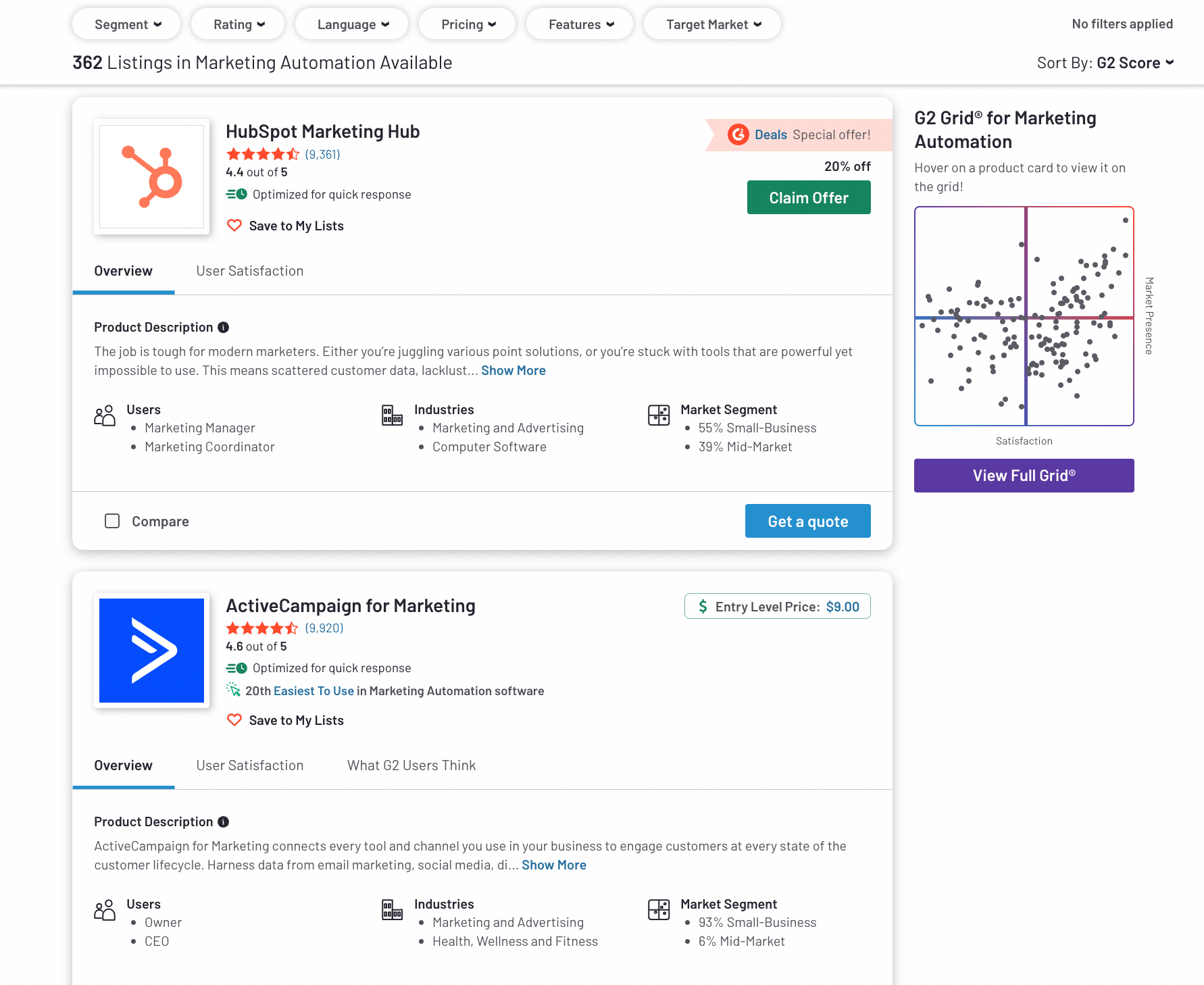
Submitting your product to a SaaS directory is a simple process and can be done in a few steps. First, you need to create a profile for your company and product on the directory. This profile will include a brief description of your product, as well as any relevant images or videos. Once your profile is created, you will be able to submit your product to the directory and start generating more leads.
For some platforms like G2 and Capterra, it’s best to get some happy customers to review your product on the platform to increase visibility.
7. SaaS Growth Hack: Integrations
You can create partnerships with companies or influencers that have a large customer base. For example, you can partner with a company that offers a complementary services or products. You can offer your customers discounts for their products or services, or you can offer a joint promotion.
But one of the easiest “partnerships” is simply integrating with the countless app marketplaces out there.
For example, Shopify, HubSpot, Zoom, and the WordPress app marketplaces are great platforms to look into when trying to build direct integrations. Users search for apps to meet their needs and improve their experience with their application. For instance, a Zoom user might want a transcription service to quickly create meeting notes from webinars. That user might search the Zoom app store to find such an app.
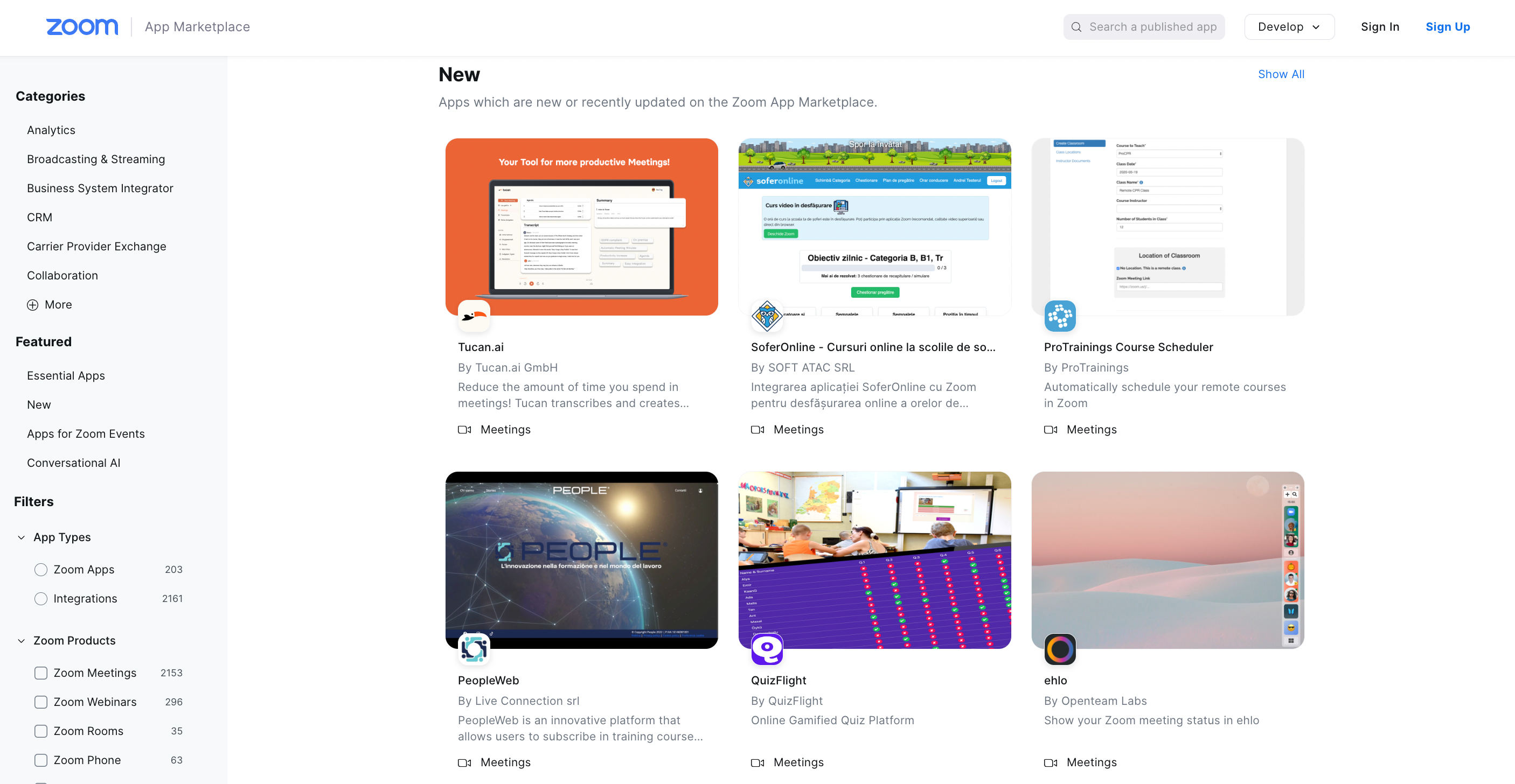
The beauty of these platforms is that it’s free exposure. It’s better for the platforms when users get more deeply entrenched in their products, so they love promoting their marketplaces. App add-ons create a better experience for users and serve as free exposure for the apps. It’s a win-win.
8. SaaS Growth Hack: Product Hunt and AppSumo
Product Hunt and AppSumo are two of the most popular online marketplaces for discovering new SaaS products and they offer a great opportunity for SaaS entrepreneurs to get their product in front of thousands of people for free.
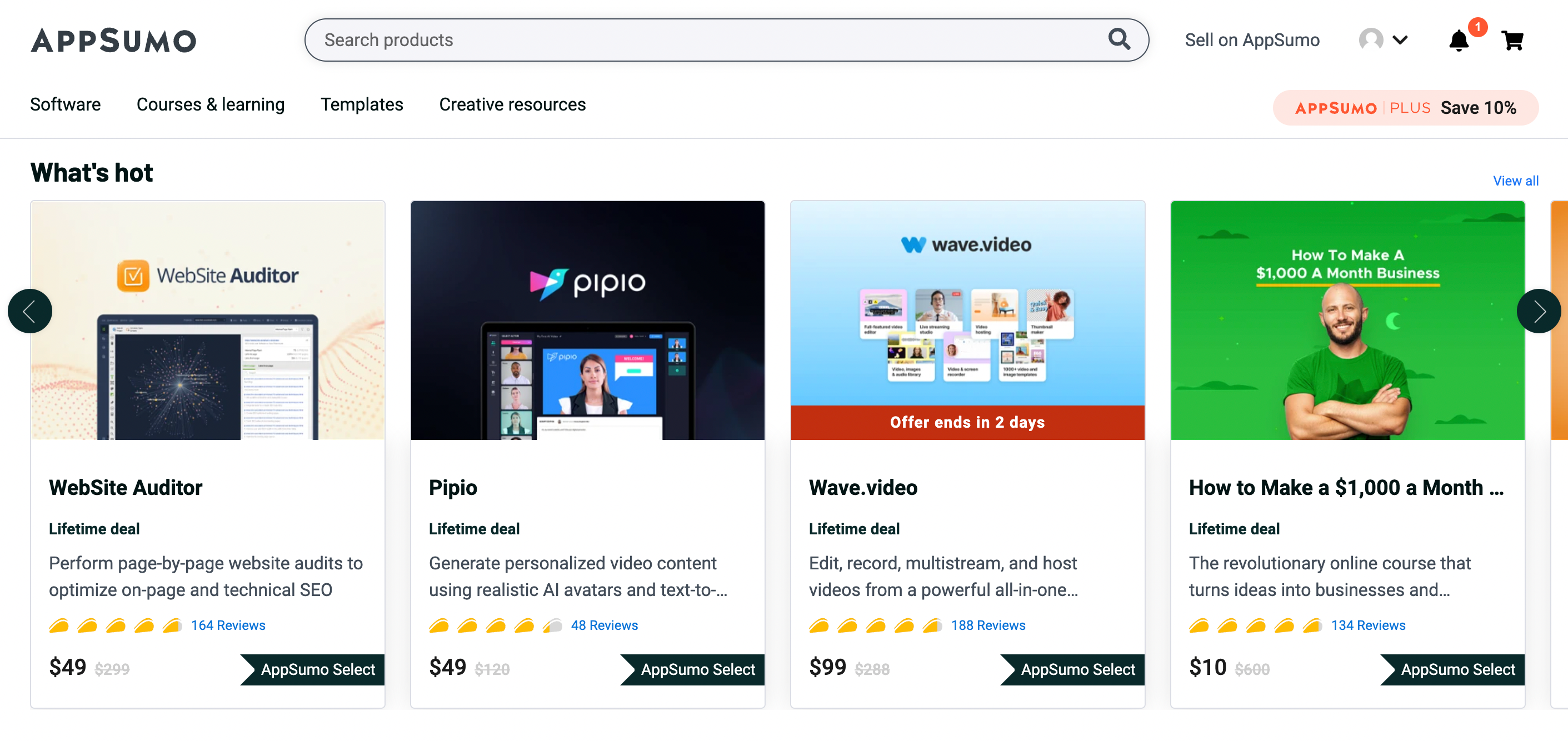
Product Hunt is a website that curates and showcases new products each day. It is an excellent platform for SaaS entrepreneurs to launch a new product or give an existing product a boost in visibility. It is also a great place to get feedback from potential customers and to start a discussion about your product. To succeed with Product Hunt, there are a few best practices to follow, but in general you should launch, tell everyone you know about it, and reply to comments on your launch page. The products with the most engagement rise to the top of Product Hunt and get even more visibility.
AppSumo is more of a daily deals site for SaaS. They have a huge audience ready to buy products. However, one thing to note about AppSumo is the pricing: they charge a steep fee (~70% of sales on the platform) and almost always require you to offer a lifetime deal for your software tool. So while it's great for exposure, it's not so great for your sales margins.
Both Product Hunt and AppSumo offer great opportunities for SaaS entrepreneurs. They are both excellent resources for launching a new product or giving an existing product a boost in visibility. By using these platforms, entrepreneurs can get their product in front of thousands of potential customers for free.
9. SaaS Growth Hack: SEO for SaaS
One of the most tried and true SaaS growth hacks is to optimize for SEO (search engine optimization) strategy.
So while this isn't really a growth hack, it's a best practice that works for nearly any SaaS vertical.
While this topic probably warrants an entire blog post, suffice it to say SEO for SaaS isn't terribly difficult.
Research relevant keywords for your SaaS: Find ones that are relatively high search and low competition. A good keyword research tool will be able to help you with this.
Create great content: Write plenty of highly-optimized blog posts. At the end of the day, Google indexes content. If you can craft the best content on the web for select keywords, you have a great chance of ranking for them.
Include other best practices in your content: Use SEO-friendly titles, meta descriptions, and other on-page best practices.
Follow technical best practices: Not to overcomplicate things -- your site should be useful and fast. Use good design practices and fast hosting to give your users (and Google) the best experience possible.
Link building: Finally, Google wants to show users the most authoritative content on the web. Usually, that means building quality backlinks that point to your site. There are innumerable ways to build backlinks -- read this post for more.
Once you have implemented these growth hacks, it is important to monitor your SEO performance and track analytics. Tools like Google Search Console can be used to identify opportunities and optimize your SEO.
10. SaaS Growth Hack: Freemium
One of the most effective growth hacks for SaaS companies is the use of freemium. It's basically the ultimate product-led growth strategy -- meaning you can give users a taste of your product for free -- and hope they convert into paid users.
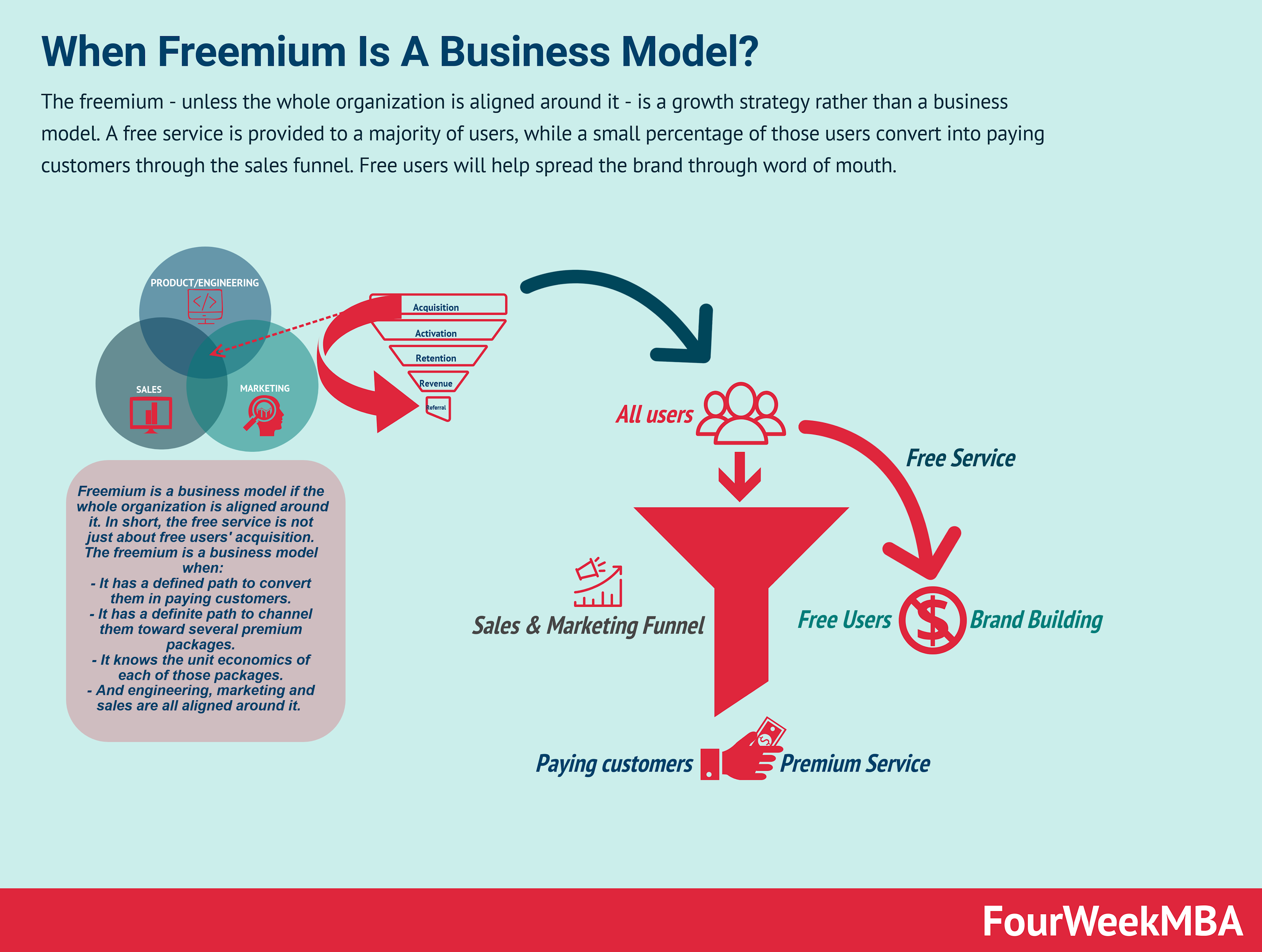
The wisdom here is that it's way easier to acquire a customer to a free product. A little bit of ad spend, SEO, or almost any other marketing tactic should theoretically drive a ton of users pretty easily. Once they’ve experienced the product, they’re more likely to upgrade to the premium version.
The use of freemium can also help to establish a loyal user base, as users are more likely to become repeat customers if they’ve had a positive experience with the product. Additionally, freemium can be used to encourage users to give feedback and improve the product. This feedback can be invaluable in making sure that the product meets the user’s needs and expectations.
Freemium can also be used to upsell customers, as companies can offer additional features for a fee.
11. SaaS Growth Hack: Pricing Hacks
Playing with pricing is a great SaaS hack for increasing ARPU. One of the most effective growth hacks for SaaS businesses is to offer discounts for customers who commit to a longer-term subscription. This helps to increase customer loyalty and encourage customers to stay with the service for a longer period of time.
Another effective growth hack is to offer promotional pricing (that isn't permanent) to attract new customers and incentivize existing customers. This encourages customers to upgrade their subscription or try new services, and helps to increase customer retention. Additionally, giving customers the ability to customize their subscription with add-ons and upgrades can help to increase revenue and keep customers satisfied.
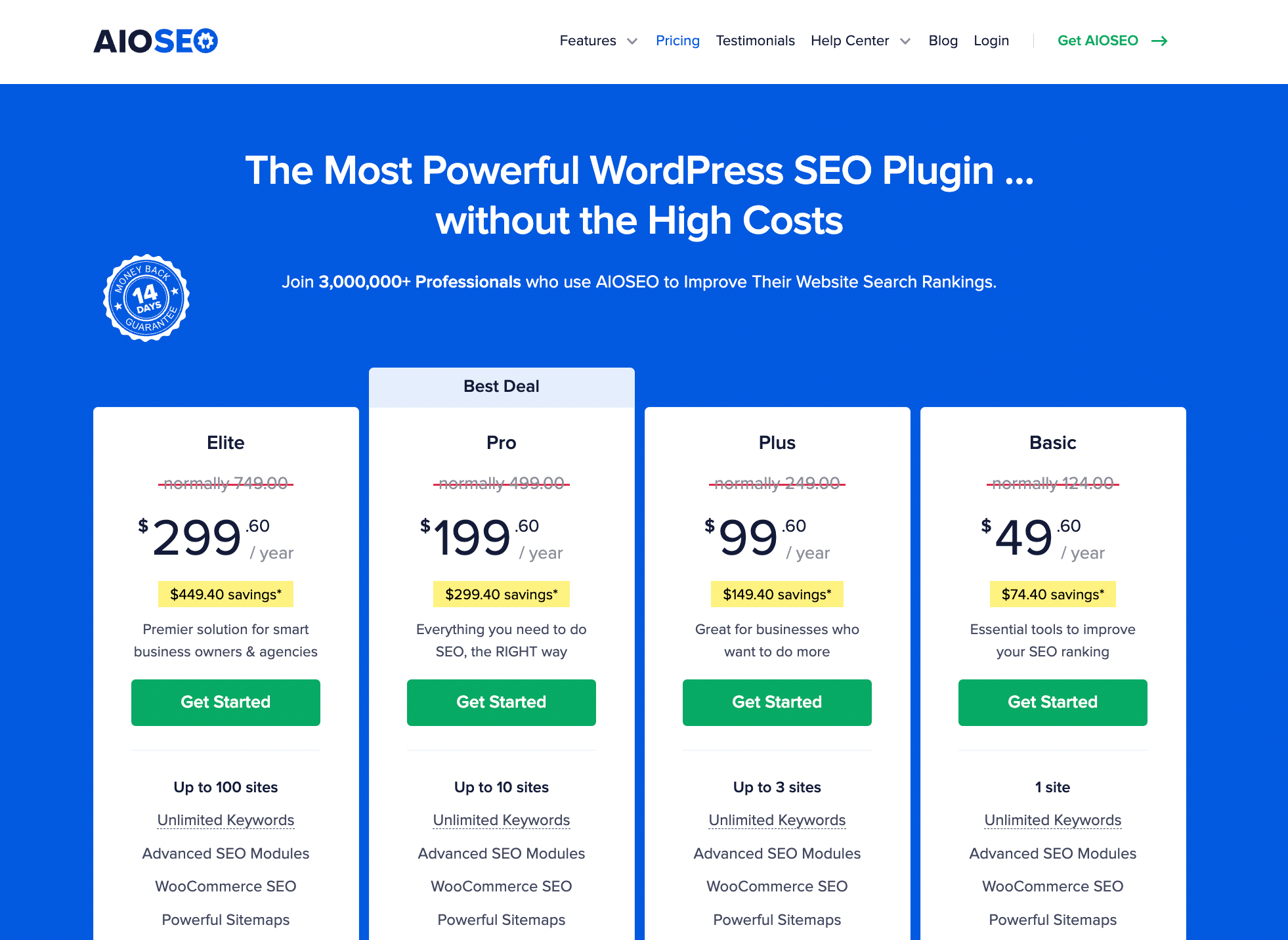
SaaS businesses should A/B test to determine the most effective pricing strategy. This helps businesses to optimize their pricing and ensure that their pricing is competitive and attractive to potential customers.
How Do I Know If My SaaS Growth Hacks are Working?
One of the most important aspects of growth hacking is tracking the success of each tactic. By monitoring key performance indicators (KPIs) such as website visits, page views, and conversions, you can get a better understanding of which tactics are working and which aren't. Analyzing the results of each growth hack is essential for understanding which channels are driving the most growth for your business, so you can focus your efforts on those channels.
Once you have identified the most successful channels, it's time to experiment with different types of content, offers, and incentives to increase conversions. Try offering discounts, creating content that appeals to your target audience, and experimenting with different types of ads. By testing different tactics and tracking the results, you can quickly find out what works best for your business.
Some SaaS metrics to monitor include:
Customer Acquisition Cost (CAC): This is the amount of money that is spent to acquire each new customer. For instance, if a company spends $1,000 in total on marketing and advertising to acquire 10 new customers, then the customer acquisition cost would be $100. Freemium models, SEO and virility hacks are super effective at driving down CAC.
Lifetime Value (LTV): LTV measures the total value a customer is expected to generate over the entire course of their relationship with a company. This includes not only revenue from the initial purchase, but also from any upsells or cross-sells, as well as the customer's potential value as a reference or ambassador. While LTV is important for all businesses, it is especially critical for subscription-based companies since they are counting on customers remaining active long-term in order to generate sustainable growth. Look to pricing changes and dark patterns to increase LTV.
Product Adoption Rate: Product adoption rate helps SaaS business owner understand how many new users have actually “adopted” (used) certain product features. In order to calculate your product adoption rate, you need two key pieces of data from your product and user analytics: the number of people who completed a set number of key actions in a given period (New Active Users) and the number of people who signed up or subscribed to the product in a given period (New Users or Signups). Personalizing your onboarding flow and playing with freemium pricing are great ways to increase your product adoption rate. your
Also read: The 17+ Most Important SaaS Metrics
Wrapping Up
The world of software-as-a-service (SaaS) is rapidly changing and evolving. To stay ahead of the curve, savvy businesses must take advantage of growth hacking strategies to maximize customer acquisition, engagement, and retention.
Analyze customer feedback to identify areas of improvement. Listening to customer feedback can provide invaluable insights into areas of improvement and help to create a better overall customer experience.
And try some SaaS growth hacks!
📚 Also Read
Convert more trials with Hopscotch
Simple and delightful onboarding tours your users will love.